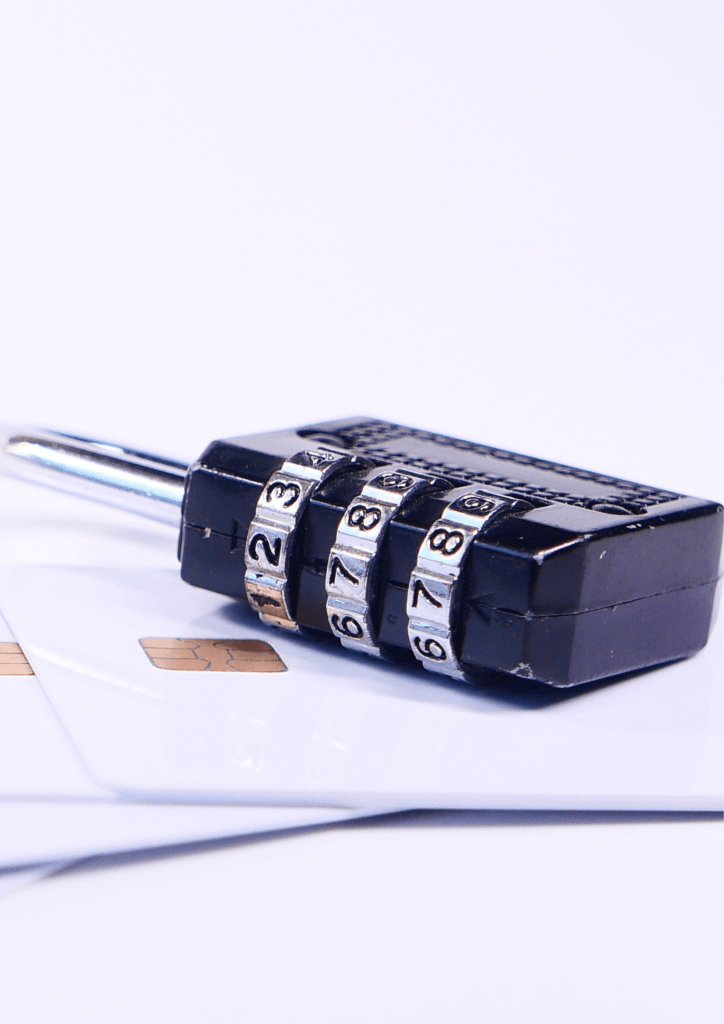
What is a keylogger/keystroke logger?
Keyloggers, also known as keystroke loggers, are a growing threat used by cybercriminals. These insidious pieces of spyware monitor every keystroke on a keyboard, capturing sensitive information. They can be implemented as software programs or physical hardware devices. Beyond keystrokes, some keyloggers can even capture screenshots of your computer screen. The collected data is typically stored in a file for later analysis or transmitted directly to the hackers behind the attack.
Keyloggers can come in different forms. A software keylogger is a form of malware that infects devices and spreads to other devices the computer encounters. However, a hardware keylogger cannot spread to other devices.
How is a keylogger used?
A keylogger can be installed on your computer in several ways. This can be done by clicking on a suspicious link. Software keyloggers are the most popular form that hackers use, passwords stolen using keyloggers are often used to gain access to email accounts, and bank accounts or to gain access to websites where personal information can be seen.
Hardware Keyloggers are like Software Keyloggers, however, hardware keyloggers must be connected to a computer to record your keystrokes. Due to this, organisations must monitor who has access to their network and the devices that are being connected to it.
According to the Cyber Security Breaches Survey 2022, just over half of businesses (54%) have acted in the past 12 months to identify cyber security risks. However, qualitative interviews conducted found that limited understanding often meant that risks are passed onto; outsourced cyber providers, insurance companies, and or an internal cyber colleague. Any unauthorised access to a device on your network could install a hardware keylogger that can run undetected until it’s too late and your sensitive data has been breached.
How do keyloggers work?
Keyloggers work by monitoring keystrokes when a key gets pressed on a keyboard the information gained via the keystroke then appears on the monitor. There are numerous ways to do this.
Hackers can even use hidden video surveillance to see the connection between the pressed keys and what appears on a monitor. The camera can then record keystrokes and the login or authentication screens that your keyboard strokes are being used for.
A hacker can also place a bug within your keyboard, recording each stroke made. It is even possible for a keylogger to be placed within the wiring or inside of a device. Keylogger software can be designed to pick up all inputs into a keyboard through a variety of different methods. These include a filter driver positioned within a keyboard or a system hook. A system hook is a way of altering the operating system’s behaviour or monitoring each notification generated whenever a key is pressed.
FullProxy Recommends
Start by safeguarding your network and devices. One of the primary ways keyloggers infect computers is through malware. Invest in quality protection such as FortiClient with threat protection. To create a barrier against any of the latest keyloggers and viruses. The best way to detect a keylogger is by checking your task manager, are there any unfamiliar tasks that are running?
Concerned about your current cybersecurity posture? Start by protecting your organisation today with our managed services. Why not schedule a Demo?




